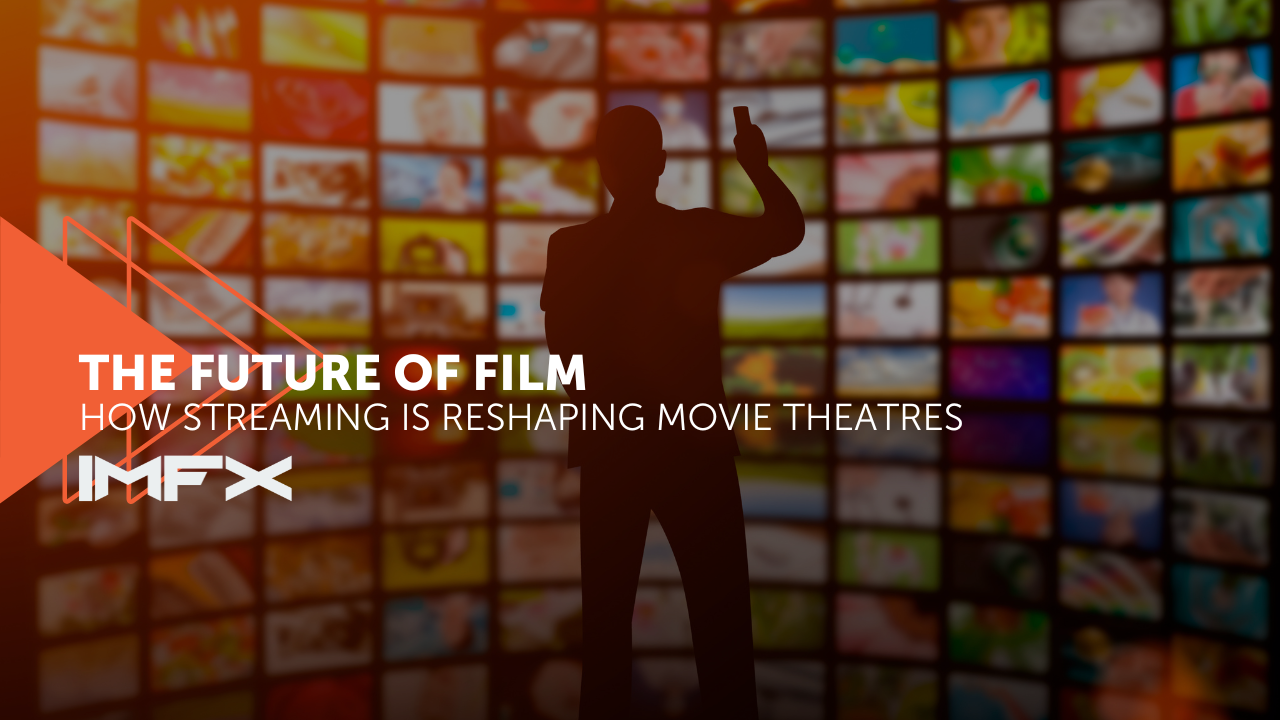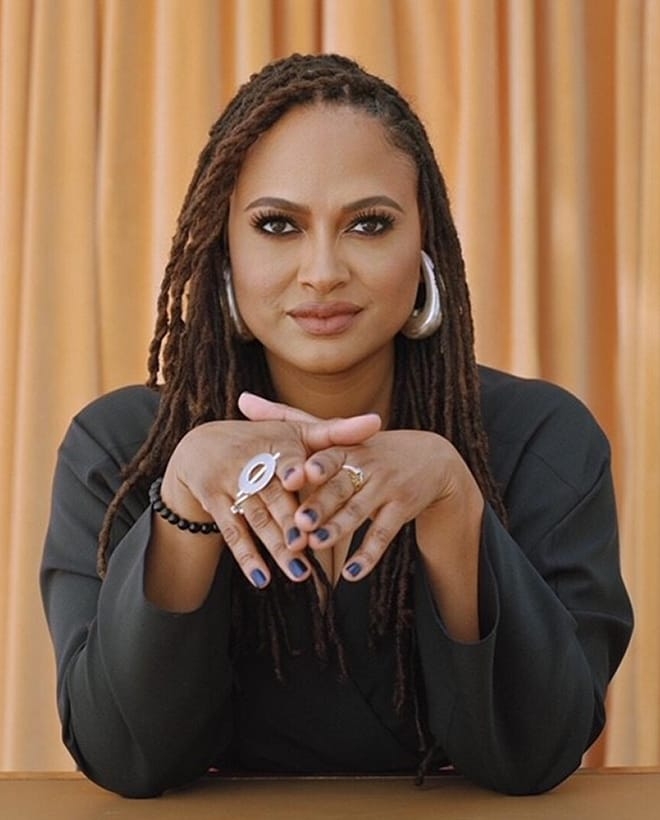Step-by-Step Guide to Opting Out of GamStop and Exploring AlternativesStep-by-Step Guide to Opting Out of GamStop and Exploring Alternatives
In the world of online gaming, GamStop is a self-exclusion program designed to help players manage their gambling habits. However, there are instances where players may feel they have regained control and want to opt out of GamStop to explore alternative options. This step-by-step guide will walk you through the process of canceling GamStop and provide insights into exploring alternatives responsibly.

Understanding GamStop’s Role
GamStop was created to give players a way to self-exclude from online gambling platforms licensed by the UK Gambling Commission. By registering with GamStop, players voluntarily block themselves from accessing gambling sites for a set period. This program serves as an essential tool for promoting responsible gambling.
However, opting out of GamStop is not as simple as unsubscribing. GamStop’s exclusion periods must expire before any changes can be made. Understanding this process ensures you remain compliant while taking the right steps toward exploring other gambling options.
Step 1: Review Your GamStop Commitment
Before taking any action, review the terms of your GamStop registration. The self-exclusion periods typically last six months, one year, or five years. Ensure that your chosen exclusion period has expired. If it hasn’t, you must wait until the end of the term, as GamStop does not allow premature cancellations.
Once the exclusion period ends, you’ll need to contact GamStop to confirm the completion of your self-exclusion. This step is crucial to ensure that you are eligible to resume gambling activities.
Step 2: Contact GamStop’s Customer Support
After confirming that your exclusion period has ended, reach out to GamStop’s customer support. You can do this via their official website or helpline. Inform them of your intention to opt out of the program and verify your identity by providing the necessary details, such as:
- Your full name
- Date of birth
- Registered email address
Once your identity is verified, GamStop will deactivate your self-exclusion status, allowing you to access licensed UK gambling platforms again.
Step 3: Explore Alternatives Responsibly
With your GamStop status deactivated, you may wish to explore alternatives. One popular option is non-GamStop platforms. These platforms operate outside the UK Gambling Commission’s jurisdiction and are not bound by GamStop’s restrictions. When exploring such alternatives, it is essential to ensure the platform’s reliability and security.
Research reviews and player feedback to confirm the site’s legitimacy. Look for proper licensing, secure payment methods, and transparent terms and conditions. Exploring these platforms with caution ensures a safe and enjoyable gaming experience.
Balancing Freedom and Responsibility
While opting out of GamStop grants access to more gaming options, it’s vital to approach gambling with responsibility. Set clear limits on time and money spent on gambling, and utilize tools offered by platforms to monitor your activities.
For those searching for more information on how to cancel GamStop, there are resources available to guide you. These tools ensure you’re making informed decisions that align with your goals.
Choosing the Right Non-GamStop Platform
When selecting an alternative platform, prioritize those that demonstrate ethical practices. Many reputable non-GamStop casinos offer a variety of responsible gambling tools, such as self-limits, cooling-off periods, and budgeting features. Ensure that the platform provides a secure gaming environment by verifying its encryption standards and payment gateway security.
Additionally, consider the variety of games and bonuses available. Non-GamStop platforms often feature attractive promotions and unique gaming options. Take the time to explore these benefits to find a platform that suits your preferences.

Maintaining a Healthy Approach to Gambling
As you re-enter the world of online gaming, maintaining a healthy balance is paramount. Gambling should always remain a form of entertainment rather than a source of income. Remember these key tips to sustain responsible gaming habits:
- Set a Budget: Determine a gambling budget and stick to it, avoiding any temptation to chase losses.
- Time Management: Limit the amount of time spent on gambling to prevent it from interfering with daily life.
- Self-Reflection: Regularly evaluate your gambling habits to ensure they remain under control.
- Seek Support: If you feel that gambling is becoming problematic, don’t hesitate to seek help from support groups or professional counselors.
Benefits of Exploring Alternatives
Opting out of GamStop and exploring non-GamStop platforms can offer several advantages, including:
- Access to International Platforms: Non-GamStop casinos often feature a broader range of games and global players, enhancing the gaming experience.
- Attractive Bonuses: These platforms frequently offer competitive bonuses, making them appealing to seasoned players.
- Flexible Options: Non-GamStop platforms provide flexibility for players who feel they have regained control over their gambling habits.
By leveraging these benefits responsibly, players can enjoy an enriched gaming experience without compromising their well-being.
Final Thoughts
Canceling GamStop and exploring alternative platforms is a significant decision that requires careful consideration and responsible actions. By following the steps outlined in this guide, you can make an informed choice that aligns with your gaming goals. Remember, gambling should always be approached as a form of entertainment, and maintaining a healthy balance is crucial.
For those ready to take the next step, understanding how to cancel GamStop and explore reputable alternatives can open the door to a diverse and secure gaming environment. Embrace the freedom responsibly, and enjoy the journey ahead.
















